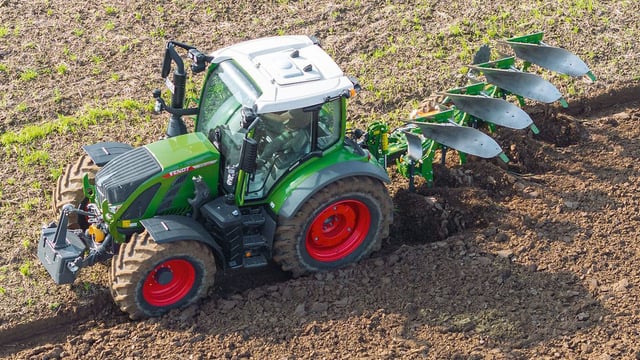Should farmers empty slurry tanks straight away?
With Zone A and Zone B now open for slurry spreading, it is important for farmers to remember that weather and ground conditions can have a significant on nutrient being lost to water.
When zones open up for spreading, farmers can often get ahead of themselves and think that they have to empty all the tanks in the yard straight away.
However, a couple of loads should be got out where they are needed and to free up storage space, but after that, farmers should be targeting application when conditions suit the most.
Spreading slurry on fields that are frozen, waterlogged, flooded or likely to flood, is actually prohibited by the regulations, as it increases the likelihood of nutrients being lost to water.
Instead of getting all your tanks emptied over the next week, farmers should stay tuned to the forecast to see when some consistent temperatures are set to hit and when there is a period of dry weather.
Slurry conditions
Where farmers have to go out with slurry as soon as the ban is lifted should examine whether they enough storage as having additional storage allows for spreading during ideal conditions which increases nutrient uptake in the soil.
More often than not, there is a gutter leaking near the tank where rainwater is getting in and impacting slurry storage - it could be something simple that is impacting your space.
A 10m margin applies on all farms for two weeks after opening of spreading period which should not be forgotten as otherwise farmers will only be wasting the valuable nutrients in the slurry to water.
The following buffer margins for the spreading of organic fertilisers from waters should be followed:
| Water body / Feature | Slurry/FYM/Soiled water |
|---|---|
| Water Supply > 100m³ or > 500 people | 200m |
| Water Supply > 10m³ or > 50 people | 100m |
| Water Supply < 10m³ or < 50 people | 25m |
| Lake shoreline | 20m |
| Exposed cavernous or karstified limestone features (e.g. swallow holes) | 15m |
| Any surface watercourse where the slope towards watercourse is >10% | 10m |
| All other surface waters * | 5m* |
When applying slurry, farmers should be wary of the large influence on the uptake of nutrients by plants and the potential losses to water.
A consistent soil temperature of 6℃ and rising will mean that grass is growing and has the potential to take up the nutrients applied.
Another factor that has to be considered is the soil moisture content of the land, as if the soil is saturated, going out with a tanker will cause structural damage and will lead to surface water runoff.
It is especially important to check the weather and the soil moisture content prior to spreading when using an umbilical system, as it allows slurry to be spread when a slurry tanker wouldn’t be able to, due to ground conditions.
The first few paddocks that should be targeted should be fields that have a requirement for phosphorus (P) and potassium (K) and with a good pH.
These fields should ideally be drier fields on the farm, with no drainage system in place and away from streams and rivers.
Farmers should match the rates of application of organic fertilisers to the growth rates of the grass and farmers should manage slurry application to ensure that no more than 2,500 gal/ac are applied in each application in the early spring.
When 2,500 gals/ac is applied, it will supply around 25kg/ha (20 units/ac) of available N.











